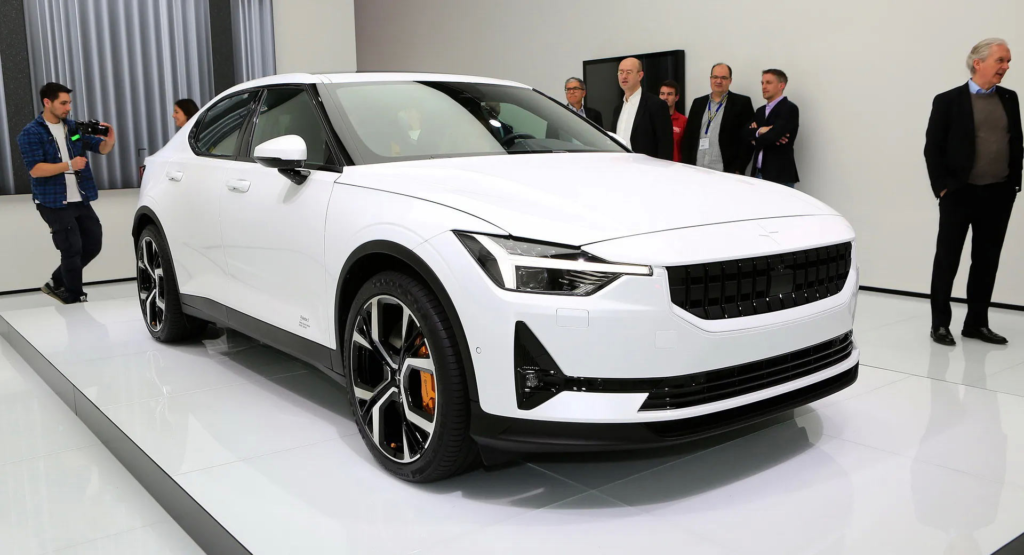And more recently Finland’s Panda Return is a Red Flag for San Francisco Zoo’s $70 Million USD/ $94.3 Million CAD Panda Gamble

Currently, there are no giant pandas here in Canada but Canada has “hosted” giant pandas on several occasions, including a long-term loan agreement that began in 2014. Those giant pandas spent five years at the Toronto Zoo before moving to the Calgary Zoo in 2018. They were returned to China in 2020 due to difficulties in finding bamboo- the giant panda’s main food source.
SAN FRANCISCO (Sept, 2024) — In Defense of Animals, SF Zoo Watch, and Panda Voices are calling on Mayor London Breed and the San Francisco Zoo to immediately abandon their reckless and costly plan to acquire giant pandas.
Finland today announced it will return its pandas to China eight years ahead of schedule citing their unaffordable upkeep, following Edinburgh Zoo’s recent decision to not renew its panda contract owing to the extreme cost. Despite these clear warnings, San Francisco’s panda plan — estimated to cost an astounding $70 million usd/ $94.3 million cad over 10 years — has not been abandoned, even as the city witholds funds for vital public services, and the San Francisco Zoological Society struggles with repeated crises.

Mayor Breed’s plan to import pandas to the crisis-stricken San Francisco Zoo has been strongly opposed by animal advocates. Photo: JackPhoto.com/In Defense of Animals

“Finland’s decision to return its pandas early due to soaring costs should be a wake-up call for San Francisco,” said Brittany Michelson, Campaign Specialist for Captive Animals at In Defense of Animals.
“Finland and Edinburgh were financially better prepared and better managed, yet even they couldn’t sustain their panda exhibits. San Francisco is already in financial trouble, and this panda plan is another disaster waiting to happen.”
“San Francisco City and San Francisco Zoo share the same policy — let residents suffer while running after doomed vanity projects,” said Justin Barker of SF Zoo Watch. “The zoo and the city have cut off funding for the most vulnerable while privileging the doomed panda plan.”
“The fact that the Ahtari Zoo in Finland is returning giant pandas JinBaoBao (Lumi) and HuaBao (Pyry) nearly nine years before their contract ends shows the huge challenge and the financial issues zoos face when hosting giant pandas,” said Taciana Santiago, Co-Founder of Panda Voices. “The popularity of these bears often overshadows the costly expenses and highly-specialized care these very sensitive animals demand. If these conditions are not met, the pandas’ wellbeing will be sacrificed, like we sadly observed with pandas YaYa and LeLe, who suffered at the Memphis Zoo until 2023. We hope San Francisco Zoo, which already faces substantial financial issues, can learn from these experiences and stop their unsustainable and cruel plans to host giant pandas.”

LeLe died and YaYa became extremely ill at Memphis Zoo. Photos: Panda Voices
Despite its crumbling infrastructure and multiple languishing infrastructure projects, the San Francisco Zoo is moving forward with plans to house pandas.
Meanwhile, other zoos like Finland’s Ahtari and Edinburgh have already concluded that panda programs are financially unsustainable. Worse yet, the San Francisco Zoo has failed to address major animal welfare and labor issues, ignoring serious concerns raised by staff over unsafe conditions and multiple preventable animal deaths. Last week, the zoo’s board retained its leadership, despite an overwhelming 97% vote of no confidence from union members.

The century old San Francisco Zoo has deferred maintenance and let upgrade projects languish for years. Photo: In Defense of Animals
“Bringing pandas into an environment where the current animals are already suffering is not only reckless but cruel,” added Michelson. “The San Francisco Zoo is in no state to care for these highly sensitive animals when it can’t even meet the needs of those already in its care.”

At a time when Mayor Breed is pausing $33 million usd/ $44.5 million cad in spending for crucial community services such as housing support and violence prevention, diverting millions more toward a panda exhibit is unconscionable. The estimated costs for the panda acquisition far exceed the $25 million usd/ $33.7 million cad the mayor plans to raise from private donors:
- $35 million usd/ $47.2 million cad or more for new exhibits and holding facilities.
- An annual loan fee of $1-2 million usd/ $1.4 -2.7 million cad to China for the pandas.
- $1.5-3 million usd/ $2-4 million cad per year for food, veterinary care, staff, and maintenance.
“Pandas have pushed yet another world-class zoo beyond its financial limits,” added Michelson. “San Francisco Zoo has proven, time and again, that it cannot manage its finances, fix infrastructure issues, or protect its animals. Adding pandas to this mix is a recipe for disaster.”
In Defense of Animals, Panda Voices, and SF Zoo Watch urges the San Francisco Board of Supervisors and Mayor Breed to immediately halt the panda plans and prioritize addressing the zoo’s current crises. The panda plan has faced opposition from San Francisco Board of Supervisors President Aaron Peskin and nearly 14,000 concerned citizens have already flooded the inboxes of Mayor Breed, city officials, and the San Francisco Zoo, urging them to abandon this dangerous plan. Concerned citizens and animal lovers can take action by sending an email at www.idausa.org/sfpanda. For the Silo, Brittany Michelson.
Featured image- Giant pandas Panpan (right) and Yueyue are shown in a Jan., 2019 handout photo from the Calgary Zoo. The first giant Panda twins born in Canada. Handout photo by The Calgary Zoo.



